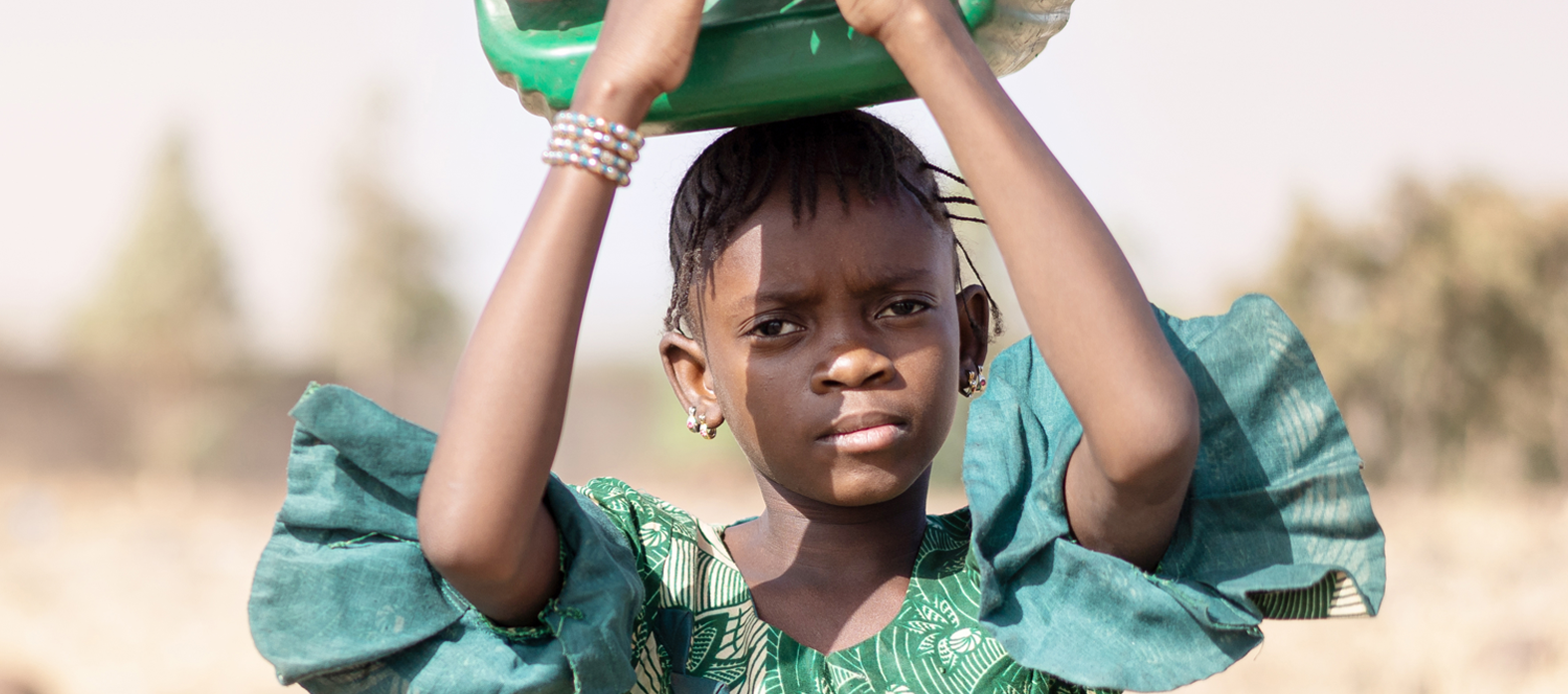Sabina Mukilya used to rise at dawn every day and, before any of her other tasks of farming, herding, growing or cooking, she would walk hours in search of water. When there had been rain, this journey may be a couple of hours, but when there hadn’t been rain, this journey may take the entire morning.
These long trips were always complicated by the cows and donkey that she must bring.
Every so often an animal would wander off during the journey or, during the dry season, die of exhaustion. The death of an animal would be a monumental event in Sabine’s life; and significant reversal of her family’s fortunes.
Sabine was one of 400 million people living in sub-Saharan Africa who did not have access to clean, affordable and safe drinking water. This is an area in which the IEP’s Ecological Threat Report 2021 has found is suffering significant ecological threat, with water risk and food insecurity very high, issues that are worsening, exacerbated in many areas by population growth.
The ETR 2021 estimates that two out of every three people in sub-Saharan Africa suffers some manner of food insecurity. One of the significant reason for this is a lack of available water.
Sabine was one of those water insecure people, but no longer is.

Sabine now has a fresh and abundant water source only a few metres from her house; a source that her entire community benefits from. Sabine has been the beneficiary of a sand dam, donated by The Charitable Foundation, one of 30 such dams that the foundation has built so far in Africa.
The ETR 2021 has made a number of policy recommendations and while some are large scale, such as the reorganisation of military and development components in places like the Sahel, some exist on a much smaller scale, such as affordable and sustainable water capture, like the sand dam installed in Sabine’s village of Ganganai.
A sand dam is built in a seasonal dry riverbed onto bedrock or an impermeable layer. It is constructed across the river channel to block the subsurface flow of water through the sand during the wet season. The upstream reservoir of such a dam can be composed of up to 40 per cent water when made up of coarse sand.
The water can then be retrieved for multiple uses and also seeps into the banks of the river increasing the vegetation and biodiversity. The cost to build one of these dams is up to $50,000, although the sand dam in Ganganai was significantly cheaper.
A very large sand dam can hold 71,000 cubic meters of water (71 million litres) which when amortised over 10 years will yield water for 29c per thousand litres.
Much of the cost of the sand dam is offset by local labour and materials provided by the Self Help Group, an organisation Sabine is a part of. Such local groups and donors like TCF are put together and facilitated by the Africa Sand Dam Foundation, a Kenyan organisation working in arid and semi-arid areas across the country.
For Sabine, the benefits of the sand dam in her village has far exceeded her expectations.
‘The water we used to collect was not clean, but now we have the clean water. It is also very, very plenty,’ she says. ‘Now we have lavatory and in this time of corona we have plenty of water to wash our hands.’
The dam has also helped bring new agricultural possibilities in Ganganai, not only because of the added biodiversity and water availability, but because of the extra hours the people in that village now have in their day; hours that previously would have been spent looking for water.
Sabine says since the construction of the dam, she and her neighbours have built up a large vegetable garden, which has significantly lessened hunger in her village.
‘Our lives have changed very much after the dam. We have time to be social and we gather and help a person when they are problems. We are free to do so many good things.
